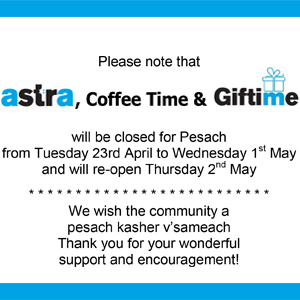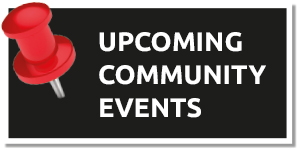…And they are all the same woman.
By Jaime Uranovsky
After pursuing a career as a theatre director and educator for 15 years (holding a Master’s in Theatre and Performance), Ruth Levin-Vorster took adapted theatre processes into the corporate and public sectors in order to develop self-awareness, empathy and connection in both individuals and teams. She then became an accredited mediator through UCT. After more upskilling, this time in social psychology and neuroscience, Ruth is now a PhD Candidate in Neuropsychology at UCT where she is combining her unique and varied background to test for neurobiological markers of a theatre-based relational health intervention.
This intervention, which Ruth developed in 2016, formed part of her fascinating talk at Limmud, titled Understanding What Relationship Difficulties Are about and What One Can Do about Them. The session delved into how our autonomic nervous systems can have an impact on why we react and respond to unconscious triggers in our relationships — whether between partners, family members, colleagues or friends.
Ruth explains that how people see the world and relate to others is moulded out of “the story we are born into, formed through our lived experience, wired into our autonomic nervous system. This all becomes our perspective lens that we engage with and understand our relationships through. These stories are embedded in our social and cultural norms, our familial, political environmental, religious environments. These frames, for the most part, are unconscious. When we hit up against a relational issue, it is often a matter of different stories wired into our neurobiology.”
Interventions such as Ruth’s can be harnessed so that, when the visceral or bodily response (through the autonomic nervous system) is triggered, one is trained to respond and not to react. Responding involves acknowledging the perceived threat and naming the feeling that comes with it. After this, one can respond out of a place of consciousness by differentiating between the other party’s words or actions and between one’s own perceptions of them. Reactions, on the other hand, are impulsive and immediate, can lead to conflict and do not involve an understanding of what is occurring on a deeper level. To develop the ability to respond instead of to react takes time, says Ruth. “It’s not a quick fix. It takes practice over a long time. Self-awareness promotes empathy. It is wired into us to be empathic.”
In fostering this self-awareness, Ruth’s fusing of neuroscience, neurophysiology and theatre is unique. She explains how they come together: “Theatre is all relational so, when you are directing a play, you’re bringing a story to life, you’ve got to understand what motivates the character and how their dynamic plays out in different relationships. And what you’re doing is you’re mapping relational dynamics and how they shift and change. And of course, in theatre, we work with conflict because that’s what’s exciting. So, it really equips you with tools for self-awareness and empathy. What the social psychology and social neuroscience has done is it’s given me theory behind what we do in theatre practice, particularly interpersonal neurobiology. It’s extraordinary. And then mediation is just the most wonderful structure to do all that work in.”
Some aspects of interventions targeted at these areas include specific breathing exercises as a form of mindfulness. One can become so attuned to what one’s relational triggers are that one can intercept them with an emotional regulation exercise and improve relational health and keeping the relationship going.
On what it will take to address the conflict on a broader level, Ruth says, “Empathy is essential. but to be empathic you need to be self-aware. I think we need processes of self-awareness before we bridge into empathy and that takes work, and it takes commitment, and it takes vulnerability. It’s absolutely imperative if we’re going to have a kinder world; it’s the basis.”
To download the November issue of the Chronicle, click here
To read the editor’s column for this month click here
To read the most read story in the October issue, click here











